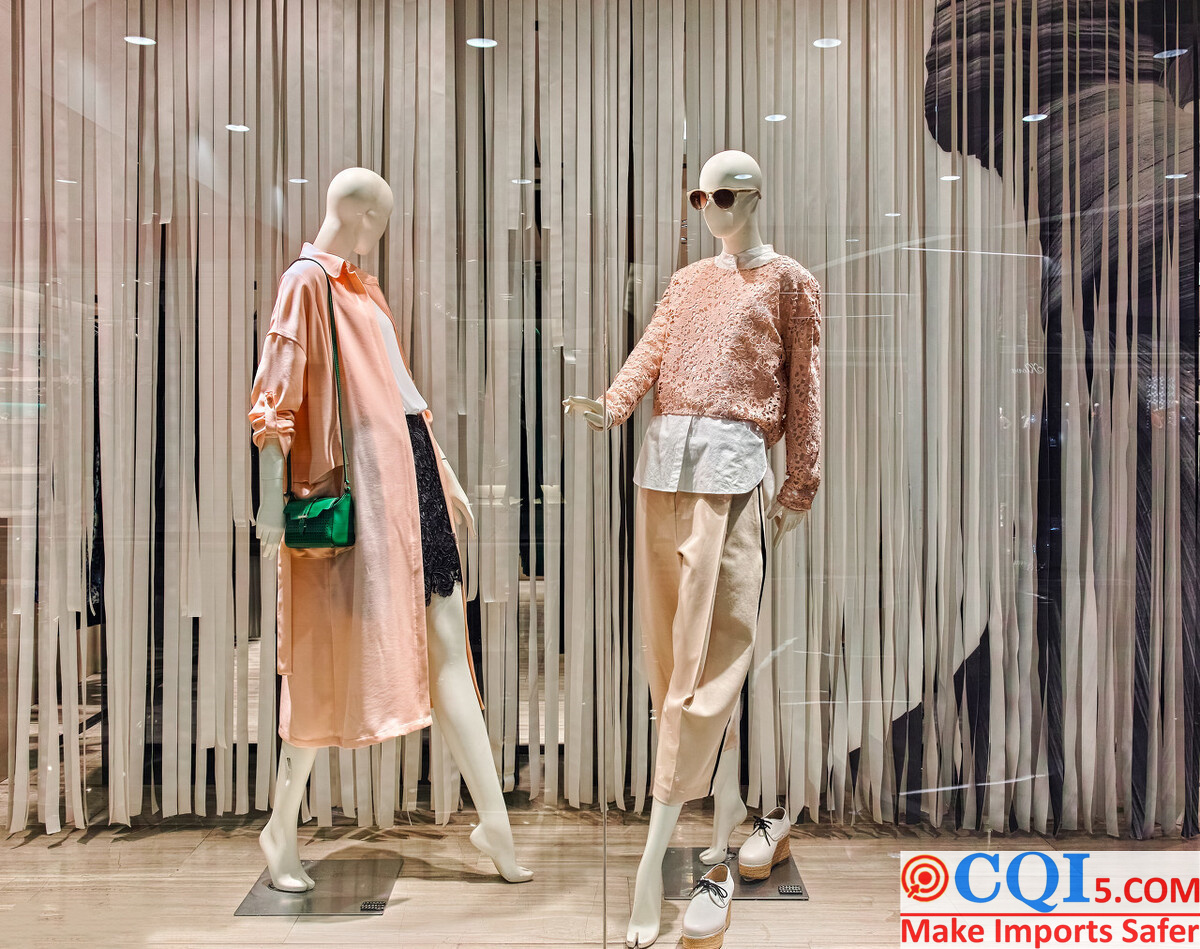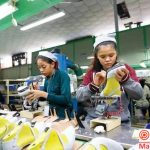Panoramic Analysis of the Chinese Apparel Industry Chain
Textile manufacturing, as a relatively capital-intensive industry, has significant economies of scale. From cotton to garments, the entire textile chain covers all processes of garment manufacturing.
Textile industry is a traditional industry with good cash flow and the core of the study lies in the research of supply chain and supply chain management, which is transmitted to consumers in different ways by brands/distributors.
Currently, the Chinese market is both the world’s number one consumer of clothing and China is also the world’s number one supplier of textile clothing. The share of textiles continues to rise.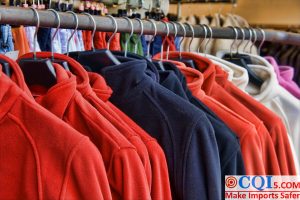
Chinese textile and apparel industry chain, the various segments mainly include raw material supply, spinning, weaving, printing and dyeing, finishing, garment production and branded garment management. Among them, the most prominent technical barriers are the spinning and dyeing segments.
Overview of the textile and clothing industry chain.

Upstream of the Chinese Apparel Industry Chain
The upstream textile manufacturing industry is affected by the prices of cotton, oil and other commodities, similar to the manufacturing industry, with a certain degree of cyclicality, export-oriented export sales, labor, fixed assets, production efficiency, production scale, exchange rates, environmental protection policies and other influences.
Raw materials include cotton, chemical fibres, leather, wool, etc.
In general, the cost of cotton accounts for 50-70% of the cost of textile manufacturing enterprises, China’s cotton imports are limited by quotas and cotton prices fluctuate more significantly up and down. The national cotton production data released by the National Bureau of Statistics shows that the national cotton production in 2020 was 5.91 million tonnes, an increase of 21,000 tonnes and 0.4% over the previous year. From the supply side, China’s cotton supply is currently maintained at the level of 6 million tons per year, while the current library consumption ratio is already in a normal state.
From a structural point of view, the country has three major cotton areas in the northwest inland, the Yellow River basin and the Yangtze River basin, of which Xinjiang cotton area in the northwest inland is the main force, mainly due to the alkaline soil in Xinjiang, the summer temperature difference, sunshine, with the unique conditions for growing high-grade cotton.
Based on this, the proportion of cotton sown in Xinjiang continues to increase, with Xinjiang accounting for 76% of the country’s total sown area in 2020, mainly concentrated in the northern border of Changji, Shihezi and Kuitun, with an output of 5 million tonnes in the same year, contributing 85% of the country’s total output.
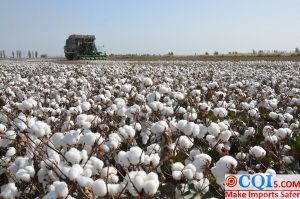
The chemical fibre industry is the upstream of the textile and apparel industry, mainly providing the chemical fibres needed for fabric spinning. According to the Japan Chemical Association, the global fibre market has a market share of over seven layers of chemical fibres.
Spinning yarn is divided into white yarn, colour yarn and colour spinning yarn, etc. At present, about 90% of the global production capacity of colour spinning yarn is concentrated in China. By the end of 2019, the total production capacity of China’s colour spinning yarn industry was about 10 million spindles and the market size of the industry was around 57 billion RMB. The standardisation of the weaving segment is relatively high and garment manufacturing is also more labour-intensive, although there will still be corresponding characteristic processes in the production process, but the relative barriers are low.
The printing, dyeing and finishing process mainly reflects the company’s pollution treatment ability, finishing ability, which gives the fabric waterproof, UV protection and other functional characteristics, they are the most technical barriers to the dyeing and finishing process.
Manufacturing enterprises in the upstream industry mainly rely on export sales. Their core competitiveness is mainly expressed in technical research and development capabilities, supply chain management capabilities, production capacity layout and scale effects.
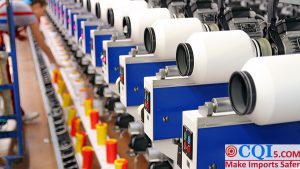
Midstream of Chinese Apparel Industry Chain
According to the prospectus of BANDAI shares, the garment manufacturing industry is in the middle and lower reaches of the entire garment industry chain, it is also a more concentrated area for operators in China’s garment industry, which is in a fully competitive state with industry characteristics.
The garment manufacturing segment, being mainly labour-intensive, has relatively small capital expenditure, but at the same time has less added value and a relatively low gross profit margin. The improvement of profitability mainly depends on the improvement of per capita efficiency and the rational planning and utilization of raw materials.
Midstream garment manufacturing has three modes of OBM/ODM/OEM, with lower gross margins in that order. The direction of product sales in the midstream manufacturing industry is divided into outbound and domestic sales, with outbound processing and manufacturing accounting for approximately 60% and the remainder being domestic brand retail sales.
The share of domestic sales is on the rise due to the year-on-year increase in labour costs and raw material costs.
Downstream of the Chinese Apparel Industry Chain
The core competitiveness of the downstream brand retail industry is mainly reflected in the layout of sales channels, brand development and operation capabilities, product design and development, supply chain management and other aspects.
The further downstream the textile and clothing chain is, the higher the gross margin. Brand owners and sellers are far more profitable than processing producers, at around 40-50%, while the gross marg
in for garment manufacturers is only around 15%.
With a CR8 of 9.4%, China’s apparel industry is far below Japan, South Korea, the US and the UK, which is in a lower level of fragmented competition pattern.
In terms of specific industry chain links, leading companies with R&D, efficiency and vertically integrated capabilities at the manufacturing end have broader development prospects, while leading companies with potential for increased concentration of functional brands, as well as outstanding brand value and efficient retail management, are more worthy of attention.
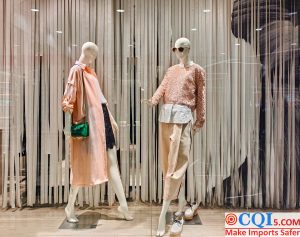
Competitive landscape of the Chinese Apparel Industry Chain
Currently,China’s textile and garment manufacturing industry is growing slowly and highly fragmented, but the industry’s leading bargaining power is strong with mature industry chain supporting and leading international competitiveness. There are structural investment opportunities in the big waves.
On the one hand, overcapacity and cost pressure have squeezed small and medium-sized textile enterprises with poor management. On the other hand, the integration trend within the industry and the tendency of the brand to choose the best from the best among suppliers are beneficial to the industry leaders.
The simple business model of the textile and apparel industry is a cycle in which demand drives capacity investment, production and sales generate earnings and cash. Cash is further invested to drive growth. Therefore, core indicators of interest include production and sales volume, unit price, gross margin, accounts receivable and payable period, and capital expenditure.
Against the backdrop of rising labour and material costs in China’s garment industry, the demographic dividend in countries such as Cambodia and Vietnam is gradually emerging. Leading domestic garment manufacturers are pushing forward with global capacity allocation, shifting production bases from domestic to low-cost overseas regions such as Southeast Asia, which helps to reduce costs, increase gross margins and form higher barriers to entry.
In the past ten years, both the supply and demand sides of China’s textile and garment industry have been in the environment of shuffling after dividends subsided. Under the opportunities and challenges, a number of leading enterprises with competitive advantages have emerged in China. After experiencing the inventory crisis in 2012-2013, some domestic brands returned to the track of rapid growth, and continued to increase their market share in response to international brand competition.
China’s textile and apparel industry has been evolving from Hong Kong and Taiwan to the Mainland over the past decade.
The size of China’s textile and apparel sub-sectors is in a continuous growth process
Dividing finished textile and apparel products by category and comparing the growth and pattern of each category, the growth rate: sportswear > children’s wear > women’s wear > men’s wear and men’s shoes > women’s shoes.
The sportswear and children’s wear industries are in a high boom track in the future. The moat of the head brand continues to strengthen and the concentration is increasing more significantly. Sports brands have built deep barriers with the continuous investment of resources in R&D and marketing, and also have built resource barriers in the industrial chain.
Similarly, leading upstream suppliers and leading downstream channel players also tend to cooperate with leading brands with long-term growth prospects. Strong alliances are the way for leading companies in the industry chain to maintain long-term competitiveness.
Leading domestic brands have maintained a relatively stable share of 22.6% after adjustment, while the share of the remaining international brands has also remained relatively stable at 7%.
Combining the current situation of China’s garment exports,the overall growth of China’s textile and garment industry is slow, low entry threshold and value-added industries are flowing out to low-cost countries and regions,the industry shows obvious structural differentiation.However, the whole industry has strong international competitiveness and enterprises that can form virtuous circle barriers in demand, input and profit will continue to gain growth opportunities beyond the industry. The key to forming virtuous circle lies in leading cost control ability and high value-added output.
CQI5 is committed to providing importers worldwide with product quality inspection services that far exceed those of our peers. If you are planning to import or have imported from China or Southeast Asian countries, please contact us cs’@’cqipro.com to learn more about how we can make your imports safer.
Disclaimer:
CQI5 article information from the Internet and contributions, the copyright of which belongs to the original author, and only represents the views of the original author. This website is only responsible for sorting out, typesetting and editing the articles, reproduced for the purpose of spreading more information, does not imply that it endorses its views or proves the truthfulness, completeness and accuracy of its content, and therefore does not assume any legal responsibility.
The information contained in this article is for reference only and is not intended as direct advice for decision-making.
If we inadvertently violate your copyright, please inform us, after verification, we will immediately correct or delete the content according to the requirements of the copyright holder, thank you! Contact, email: copyright@cqipro.com
This website has the final right to interpret this statement.
Welcome to reprint, Please be sure to keep information complete.
